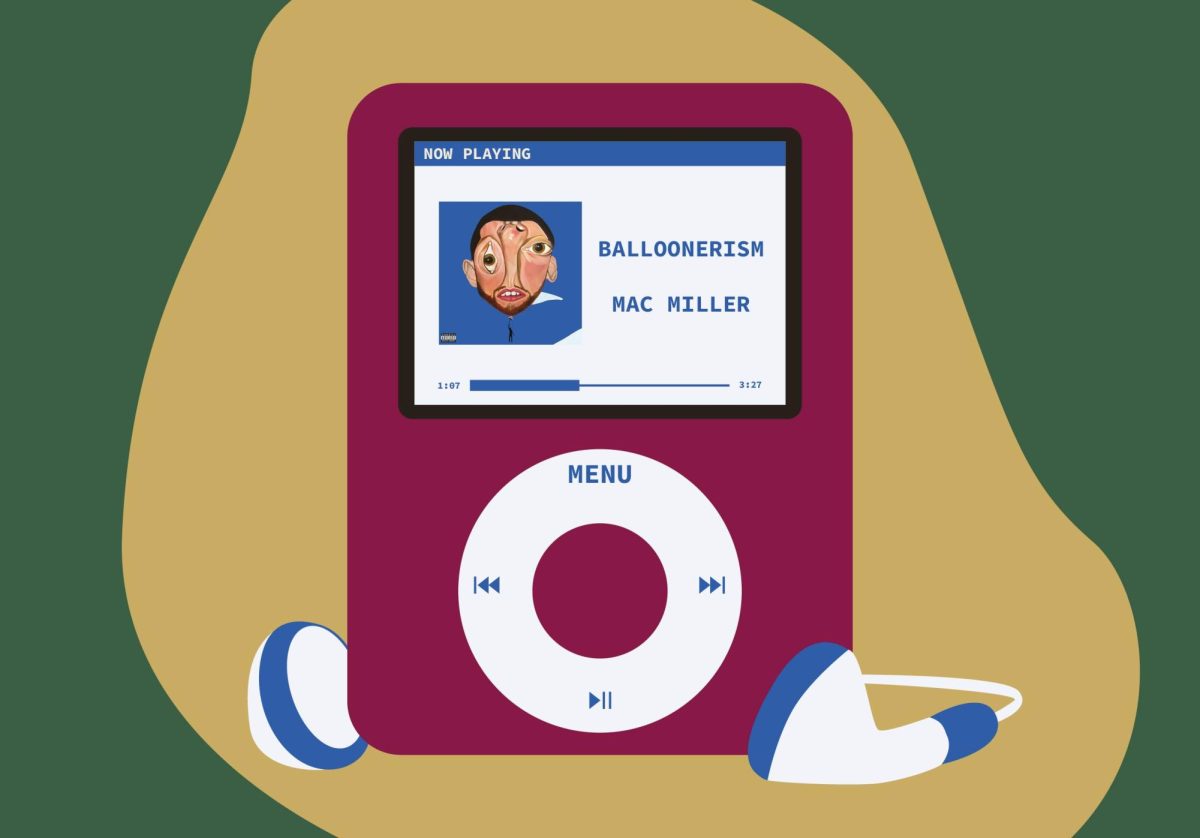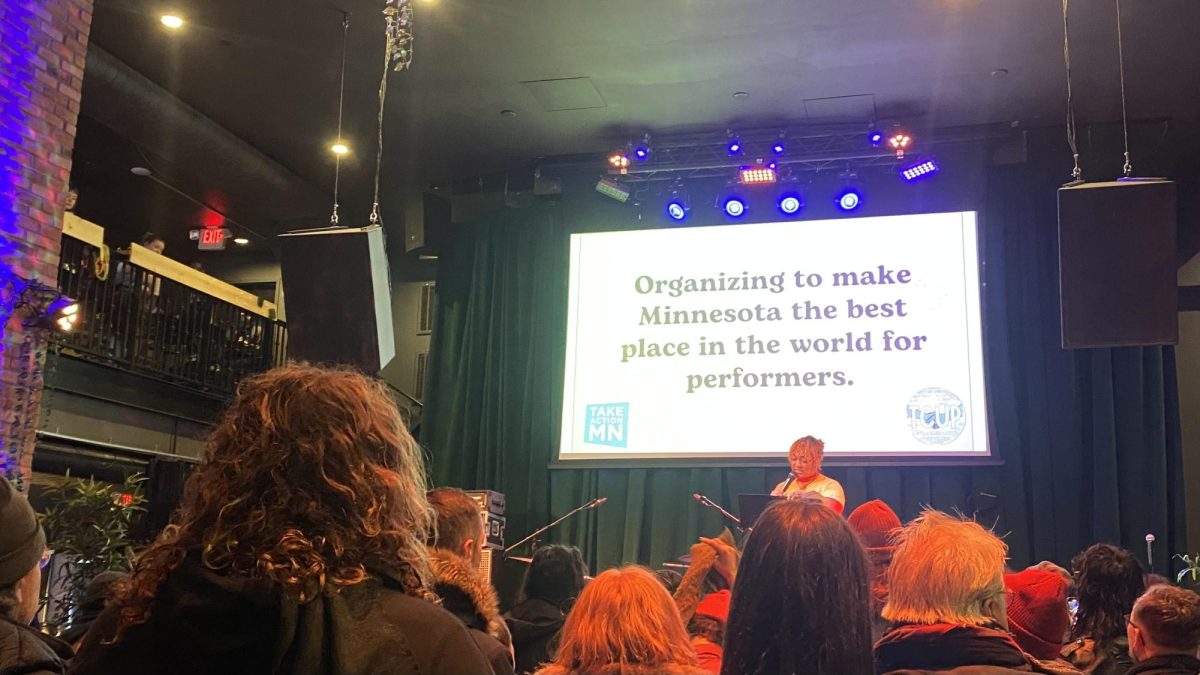A search on Amazon.com for books on Bob Dylan returns 5,176 hits. With numerous biographies and in-depth analyses of every single song he wrote – including demos never meant for the public – Dylan’s work and life have been covered thoroughly.
The world does not need another Dylan book. There’s really nothing left that has not been said. Yet Dylan’s reclusive nature and long-maintained image as a kind of highway drifter make every baby boomer musicologist drool at the chance to define “the voice of a generation.” Bob Dylan is a mystery that authors are continuously attempting to solve.
In many ways “A Simple Twist of Fate: Bob Dylan and the Making of Blood on the Tracks” is just another Dylan book to add to the list. Author Andy Gill has written two books on Dylan: “Don’t Think Twice, It’s Alright: Bob Dylan, the Early Years” and “My Back Pages: Classic Bob Dylan 1962-1969: The Stories Behind Every Song.” But with help from co-author Kevin Odegard (one of the guitarists on the songs recorded in Minneapolis for “Blood on the Tracks”), “A Simple Twist of Fate” unfolds a hidden story. This is the part of the book which departs from the norm – the untold story of the musicians who played on one of Dylan’s most-praised albums. Here, the story revolves around Dylan but it is not solely about him.
“Blood on the Tracks” is considered one of Dylan’s best records because he bares his soul more on this album than any other. The book delves into Dylan’s then-crumbling marriage, believed to be the inspiration for the album. The aspects of Dylan’s marriage are not unique to this book and only get in the way. Too often “A Simple Twist of Fate” spins off on long tangents of detail that do not always seem necessary. But these details only help explain Dylan’s inspiration for writing the album.
When “A Simple Twist of Fate” concentrates on the musicians and the making of the record, the story is fascinating.
In 1974, after Dylan disappeared from the public for about five years, he returned to New York to record at the old Columbia A studio. Producer Phil Ramone and the musicians were all booked last minute. Eric Weissberg, a prominent session musician, was at the right place at the right time and ran into Ramone in the hallways of the studio. Weissberg was put in charge of rounding up the other performers.
Once it was all set, the “Blood on the Tracks” sessions commenced with the musicians forced to learn Dylan’s new material on the fly. Dylan wanted his record to have a unique feeling specific to that moment. This meant the musicians had to be on their toes to catch Dylan’s sporadic key changes. The guitarists would have to watch his hands to know what key he was playing in.
Everyone thought Dylan walked away happy with the outcome of the New York session and the album was set to come out. But the more Dylan listened to the tapes the less satisfied he felt.
Dylan went to his brother David Zimmerman in Minneapolis, and despite their shaky relationship, Zimmerman pulled every string he could to make Dylan happy.
The final version of “Blood on the Tracks” includes five tracks recorded from the Minneapolis sessions. A greater intensity came out of the Minneapolis recordings and no one can deny the important styling jazz drummer Bill Berg added to the songs.
At the time of the recordings, the Minneapolis musicians were told that Columbia Records had already printed the record sleeves and would not be credited. Once the initial run sold out, later pressings would credit the musicians. Sadly to this day, the album notes have yet to be corrected.
A Minnesota Daily article from Jan. 10, 1975 broke the story of Dylan recording in Minneapolis, but the local musicians remained a mystery to the national and international media. Things have now come full circle: The paper that Dylan wrote for as a student announced his Minneapolis sessions and now reviews a book about the experience. Since its release, “Blood on the Tracks” has received almost universal praise, from the Village Voice to Rolling Stone. Reviews have repeatedly declared the songs by the Minneapolis artists brilliant. But few knew who they were.
Not only were the Minneapolis musicians snubbed on the credits, they never received any note or even a phone call of thanks from Dylan. Adding further insult, none even received a complementary copy of the record.
“A Simple Twist of Fate” subtly questions whether Dylan (or anyone else) gives his musicians enough credit for the sound of his albums. The 2002 film “Standing in the Shadows of Motown” was lauded for asking similar questions with regard to “the Funk Brothers,” session musicians, despite playing on some of the biggest hits in American music, have lived, and sometimes died, in complete obscurity, never properly appreciated for their contributions.
This is the kind of real-life drama that makes “A Simple Twist of Fate” worth paying attention to. The underdogs finally get a voice, and hopefully some acclaim.
To celebrate these unsung heroes, Pantages Theatre will host “Blood on the Tracks Live” with the original lineup of musicians who appeared on the Minneapolis sessions: Bill Berg (drums), Gregg Inhofer (keyboards), Kevin Odegard (guitar), Peter Ostroushko (mandolin, guitar), Billy Peterson (bass) and Chris Weber (guitar).
Guest performers include: Eric Weissberg (guitar, banjo) and vocalists Mary Lee Kortes, Martin Devaney, Pat Hayes, Adam Levy and Sherwin Linton who will sing Dylan’s parts.







